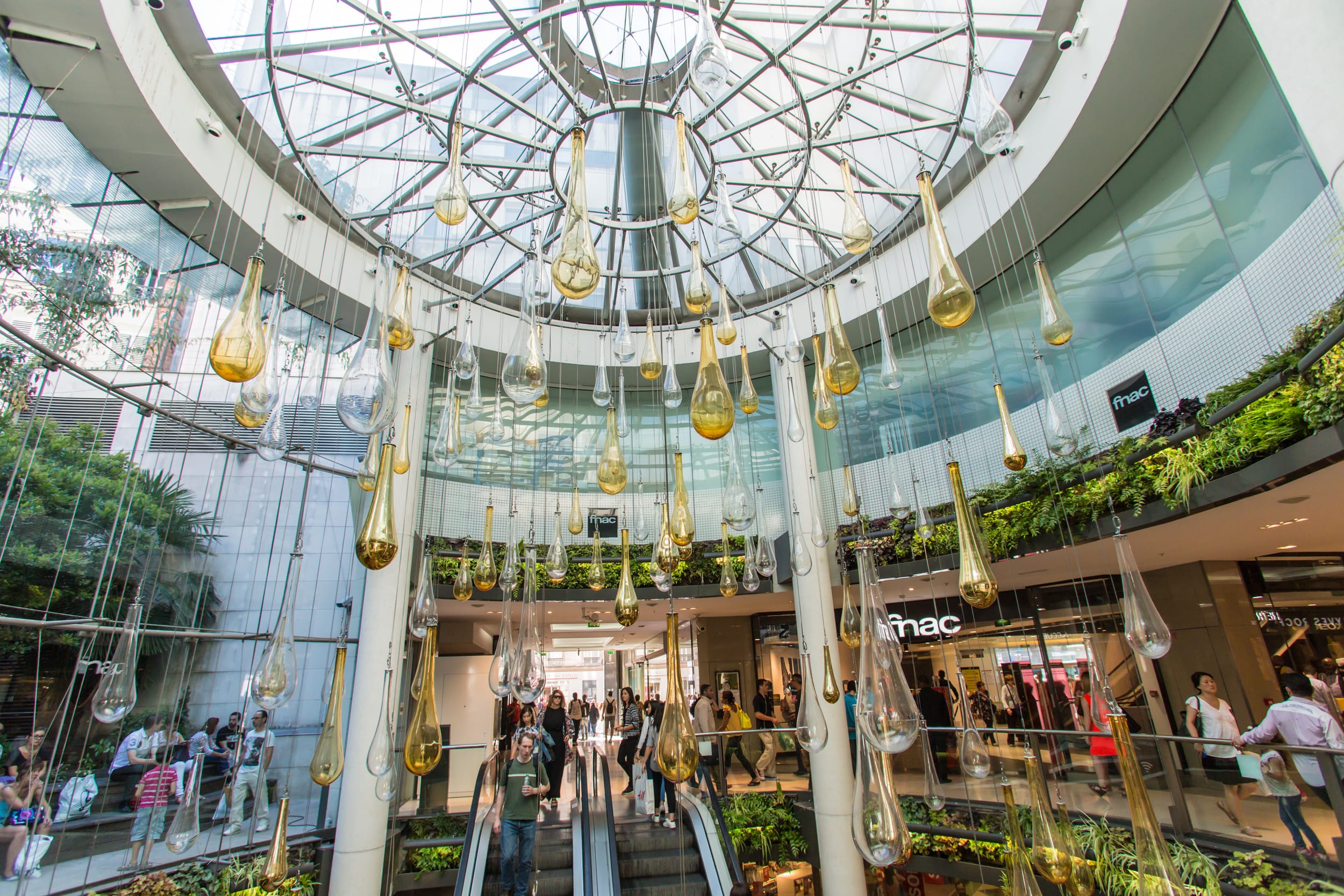Le Louvre
The fortress that was built by Phillip Auguste in 1190 only occupied a quarter of the courtyard to the west of the original palace – a tiny fraction of the current 135,000 square metres of rooms, bedrooms and galleries that make up the modern-day Louvre Palace. […] Read more >
Les Tuileries
A la mort de son époux Henri II, Catherine de Médicis décida de faire bâtir un nouveau palais. Elle choisit un terrain vague occupait jadis par des Tuileries et faisant face au Louvre. De cette proximité naquit plus tard le « grand dessein » conçu par Henri IV. Il s’agissait de relier par des galeries le palais des Tuileries au […] Lire la suite >
Les Halles
The arrival and the exchange of merchandise had already been taking place on the Ile de la Cité for 1000 years when Louis VIII decided in 1137 to create a central market outside of the walls. He chose the setting of Champeaux, and he established it on the right bank of the river. The market began to grow very quickly. […] Read more >
Église Saint-Eustache
A chapel dedicated to St. Agnes had been financed in the 13th Century by Jean Allais. As the lender of the king Philllipe Auguste, this merchant had earned the right to take a cut out of every basket of fish sold in Les Halles as a way of giving thanks to the Providence. […] Read more >
Paris Stock Exchange
Since the 13th Century, this has been the location of the Hôtel de Soissons, part of the estate of the royal family. In 1572, during the construction of the Tuileries Palace, Catherine de Medici suddenly took up residence there. The legend tells of how her fancy for the place had been foretold in a prediction.[…] Read more >
Palais-Royal
The original palace was called the Cardinal Palace. The crafty Richelieu oversaw its construction in 1628 right next to The Louvre, under the eyes of the king. Louis XIII inherited these buildings with their vast garden. The ‘Palais-Royal’ name came into effect after the installation of the young Louis XIV and his mother (Anne of Austria) in 1643. […] Read more >
Comédie-Française
At the time of its construction by the Cardinal of Richelieu in 1628, the Palais-Royal included a theatre. Molière and his performers were on stage there from 1662 until 1673, and they alternated their performances with their Italian counterparts. The Lully opera was in residence there until it was ravaged by fire in 1781 […] Read more >
Palais de justice
At the beginning of the 11th Century, the Capetian Kings built a palace on the Ile de la Cité, which at the time was the royal residence and the seat of the institutions of power. In 1358, a revolt at the palace left Charles V deeply worried, and he left this residence for The Louvre. […] Read more >
La conciergerie
This is a part of the City Palace, a royal residence of the Middle Ages, and it has kept its name from its original construction. The concierge of the palace is in charge there, as the Paris Chief of Police and Law Enforcement. In the 14th Century, Charles V gave up his residence inside for new surroundings at The Louvre,[…] Read more >
Place Vendôme
Si la place Vendôme reste l’une des plus touristiques de Paris, elle le doit aux alléchantes vitrines de ces joyeux. Mais le luxe règne ici depuis le commencement. Quand Louis XIV décida la création de cette place il voulait en effet un espace aéré et grandiose, où la monarchie absolue étalerait son face. Pour réaliser son projet, il […] Lire la suite >
Pont Neuf
In spite of its name, it is actually the oldest bridge in Paris. It is certain that the Capital used to have others that have now disappeared, and they would have been built before its completion in 1600. This bridge shows off a lot of innovations for its time – stone being used in place of wood, no buildings on its apron,[…] Read more >
Pont Royal
At this location, people used to cross the Seine River on a ferry – the Rue du Bac on the Rive Gauche took its name from this method of transport. Initially, a wooden bridge was built in 1632, and it was financed by Barbier. It was reserved for pedestrians and horse riders, and there was a fee to pay.[…] Read more >
Sainte-Chapelle
In 1239, Louis IX (also known as St. Louis) had allegedly purchased Christ’s crown of thorns from the Venetians. Two years later, from Baudouin II (the last Latin emperor of Constantinople) he acquired fragments of the Sainte-Croix, as well as other relics from The Passion. He believed that these developments merited the construction of a building that was dedicated to housing these treasures […] Read more >


